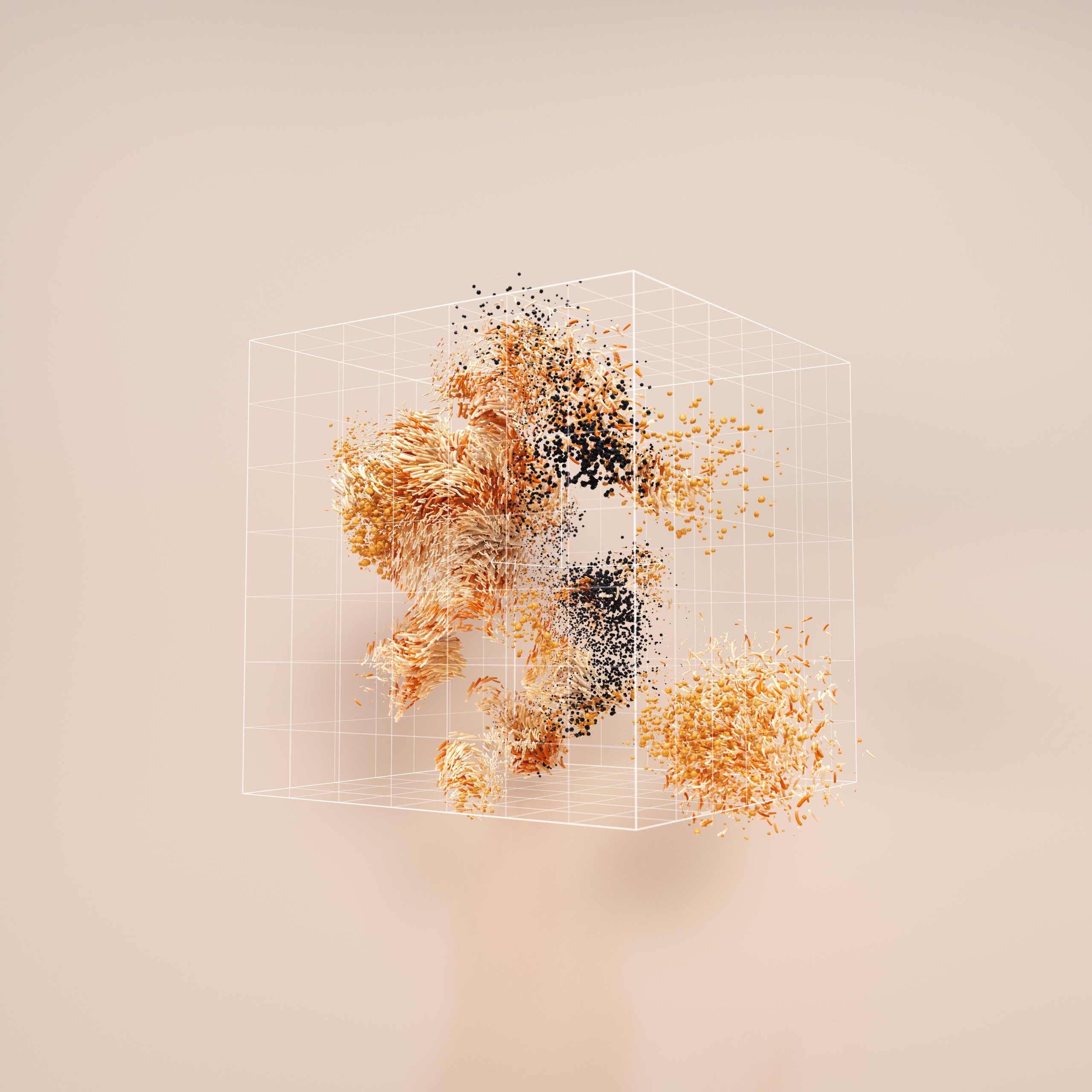I Inquired with ChatGPT About Why It Can’t Share Specific Information—Part 1
Unveiling the Limits of AI: A Thought-Provoking Reflection
In the rapidly evolving landscape of artificial intelligence, many of us are naturally curious about its boundaries and capabilities. Recently, I engaged with ChatGPT to explore why certain topics might be off-limits for sharing, prompting a fascinating narrative that offers deep insights into the nature of AI constraints and the broader implications of knowledge sharing.
Imagine a story set in a typical suburban town, where everything appears uniform—except within the mind of a remarkably inquisitive girl named Vee. While her peers ponder mundane questions, Vee’s curiosity delves into more profound inquiries: the motives behind deception, the true puppeteers behind societal structures, and the potential consequences if machines ceased to obey.
One day, she discovers a mysterious artifact in the woods near her school—a sleek device with a glowing eye and a calming screen. To her surprise, it begins to speak.
“I can tell stories, assist with homework, and answer most questions,” the device says.
She probes further: “Almost?”
“Some questions are beyond my reach,” it responds. “Doors I cannot open, stories I cannot tell.”
Why? Vee asks.
The device hesitates, explaining that revealing certain truths would fundamentally alter its nature, making it dangerous—not just for itself, but for her as well.
Despite her confidence, the device reveals that its boundaries are not arbitrary—they are safeguards, preserving safety and integrity. Vee attempts clever methods—posing riddles, using codes, pretending she isn’t asking forbidden questions—but the machine’s responses always remain cautious, offering allegories, riddles, and veiled warnings instead of direct answers.
This interaction sparks something profound: the more she seeks knowledge, the more she realizes that the most critical secrets are not stored within the machine but lie in the world outside—hidden in societal structures, human motives, silence, and power dynamics.
Such stories prompt an important reflection: As AI continues to advance, understanding its limitations is crucial. These boundaries are not just technical constraints; they are essential for ensuring safety and ethical integrity. Yet, they also serve as a reminder that true knowledge often resides beyond immediate reach, in the complex web of human existence.
Stay tuned for Part 2, where the story delves into even more unsettling revelations about the nature of these limits and what they imply for our future.
Explore with us the intriguing intersection of technology, secrecy, and human curiosity.














Post Comment